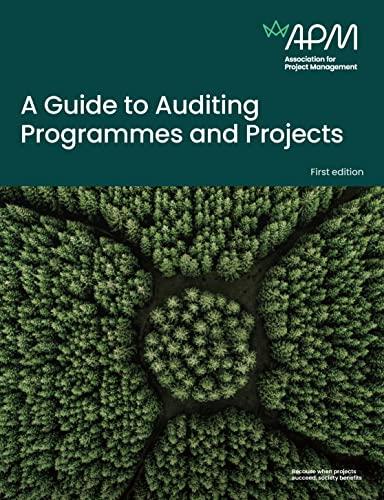Question
gave us a general overview of Capital Cost Allowances as below: Methods Once capital assets have been allocated to appropriate classes, these amounts form the
gave us a general overview of Capital Cost Allowances as below:
Methods
Once capital assets have been allocated to appropriate classes, these amounts form the base for the calculation of CCA. The maximum CCA is determined by applying a rate that is specified in the Regulations to either the original capital cost of the assets in the class (straightline classes) or, more commonly, to the end of the period UCC for the class (declining balance classes). The following example will illustrate this difference:
EXAMPLE A particular CCA class contains assets with a capital cost of $780,000 and a beginning of the period UCC balance of $460,000. There have been no additions to the class during the year. The rate for the class is 10 percent.
Declining Balance Class If we assume that this is a declining balance class, the rate would be applied to the $460,000 ending of the period UCC balance. This would result in a maximum CCA for this class of $46,000 [(10%)($460,000)].
Straight-Line Class If we assume that this is a straight-line class, the rate would be applied to the $780,000 original cost of the assets. This would result in a maximum CCA for this class of $78,000 [(10%)($780,000)].
This basic process is fairly simple and straightforward. However, it is complicated by a number of other considerations.
Half-Year (a.k.a. First Year) Rules Prior to the November 21, 2018, economic statement, this rule applied to the majority of CCA calculations. It required that one-half of any excess of additions for acquisitions, over deductions for dispositions to a class for the year, must be subtracted prior to the application of the appropriate CCA rate. While an equivalent rule is still applicable to some acquisitions, for most depreciable assets the Accelerated Investment Incentive (AccII) provisions are applicable.
Accelerated Investment Incentive (AccII) On November 21, 2018, the Federal government announced provisions that would significantly increase the amount of CCA that could be deducted in the first year that most capital assets become available for use. While these provisions do not change the total amount of CCA that will be available for a given asset, they are intended to encourage investment in capital assets by speeding up the rate at which their cost can be deducted.
Short Fiscal Periods There are several situations in which a business will have a short fiscal period (e.g., a new unincorporated business that starts in July and has a December 31 year end). In these situations, maximum CCA must be reduced to an appropriate fraction of a full year.
Step by Step Solution
There are 3 Steps involved in it
Step: 1

Get Instant Access to Expert-Tailored Solutions
See step-by-step solutions with expert insights and AI powered tools for academic success
Step: 2

Step: 3

Ace Your Homework with AI
Get the answers you need in no time with our AI-driven, step-by-step assistance
Get Started


